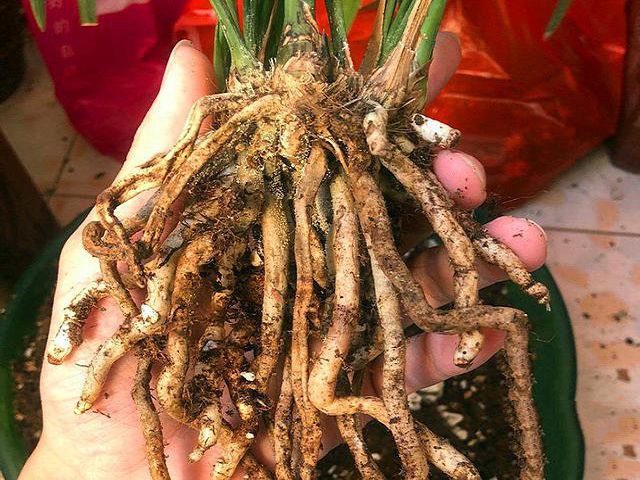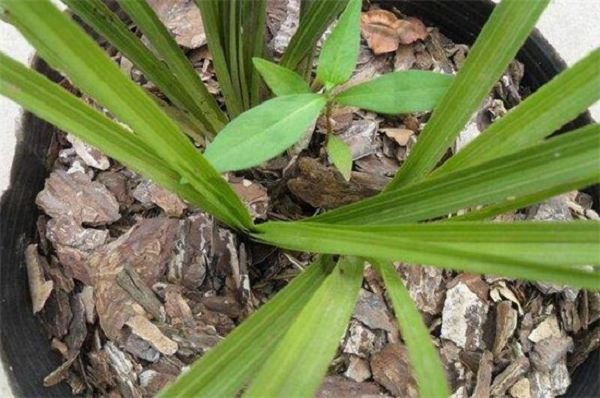Control methods of Orchid Diseases and insect pests
Orchids are prone to yellow leaves or scorched tips during their growth and development, which reduces their ornamental value. There are many reasons for orchid yellow leaves and scorched tips, mainly in the following four aspects:
(1)Too much or too little water. Orchids like humid climate, especially like higher air humidity. If long-term watering is insufficient, the air is too dry, which will cause the roots to dry and the absorption function to weaken, resulting in insufficient supply of water and nutrients, resulting in yellow or sharp leaves. On the contrary, too much watering, pot soil long-term too wet also easy to cause root rot, yellow leaves, and even death.
(2)Too much or too little light. Cultured orchids, such as placed in the wrong place, too strong or insufficient light, will also cause yellow leaves, scorched tips or leaf margins withered scorched.
(3)Too much fertilizer. Orchids should be light fertilizer, not thick fertilizer or raw fertilizer. Such as a fertilizer too thick, especially excessive application of chemical fertilizer, often cause root injury, and then cause yellow leaves or coke tip.
(4)pest damage. Orchid plant suffered from disease and insect attack, will also cause orchid plant leaf injury, root injury, and finally appear yellow leaves, coke tip.
In addition, the pH of the culture soil is not suitable (soil alkaline), long-term no fertilization or no change of pot soil and environmental pollution, etc., are easy to cause yellow, yellow or leaf edge leaf tip scorched. For the above reasons, the following preventive measures can be taken:
(1)Water should be scientific. It is necessary to decide whether to water and how much water to irrigate according to the season, growth and development stage and the dry and wet conditions of the basin soil. Special attention should be paid to increasing the air humidity to avoid excessive dryness or long-term excessive humidity of the basin soil.
(2)Fertilization should be reasonable. Thin fertilizer should be applied skillfully, and thick fertilizer and undecomposed liquid fertilizer should not be applied. The next morning after fertilization, water should be poured once to dilute the fertilizer and avoid the occurrence of fertilizer damage.
(3)The lighting should be appropriate. Orchids like semi-shade, in addition to early spring and winter appropriate to see more sunlight, people should take shade measures in time after summer, avoid direct sunlight, it is best to put it under shade or building shade maintenance.
(4)Timely pest control. To prevent diseases and eliminate pests as early as possible, special attention should be paid to the prevention and control of anthracnose, black rot, scale insects and so on.
(5)Use soil properly. Choose slightly acidic loose, fertile culture soil, and pay attention to timely change pots, change soil, apply ferrous sulfate solution regularly, keep the pot soil slightly acidic.
Related
- Is the orchid suitable for indoor use? Is it good for the body?
- How to prevent the empty root of orchids?
- What to do after the crab claw orchid is withered?
- Why are the leaves of orchids always yellow? Fertilizing and watering.
- Can the root of the gentleman orchid be saved if it is rotten?
- Diagnosis and treatment of cotton-blowing beetle insects in Cymbidium
- There is a way for a gentleman's orchid to rot.
- What is the most suitable temperature and humidity for the orchid?
- How to raise a gentleman's orchid? Cultivation techniques of Cymbidium
- How to prepare the nutritive soil for the cultivation of Cymbidium



